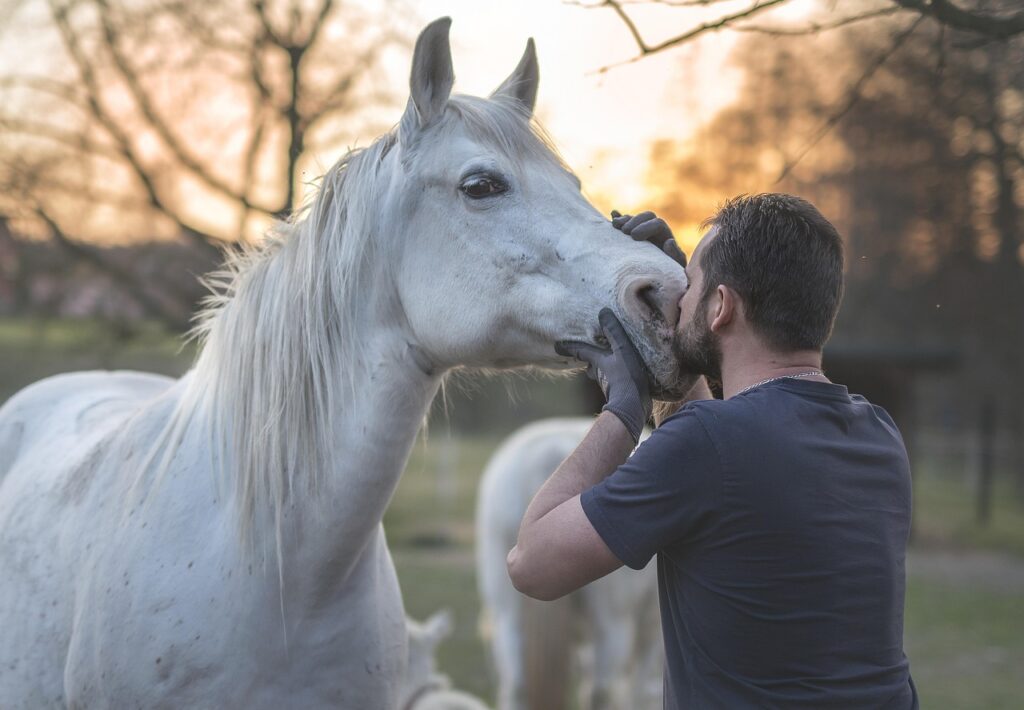
Walking into a new barn for the first time can feel overwhelming. There are horses to meet, staff to talk to, and a million questions running through your head about whether this place is right for you and your horse. But beyond the first impressions and friendly faces, there are specific things that separate facilities that truly care about horses from those that just look good on the surface.
Most horse owners know to check the basics—clean stalls, fresh water, decent turnout. But the real indicators of a well-managed facility often hide in places people don’t think to look. These details reveal how a barn operates when nobody’s watching and whether management makes decisions based on horse welfare or convenience.
The Ground Beneath Their Feet
One of the biggest tells about any facility shows up the moment horses start moving. Watch how they travel across different surfaces throughout the property. Horses that hesitate, shorten their stride, or look uncomfortable on certain ground are sending a clear message about what’s under them.
The arena surface deserves particular attention because this is where horses do most of their work. Poor quality footing causes immediate problems—horses slipping, struggling to balance, or moving tentatively—but it also creates long-term soundness issues that might not show up for months. Facilities serious about horse health invest in proper horse arena footing because they understand that cutting corners here means paying for it later in vet bills and lost training time.
Good footing should provide cushion without being too deep, offer traction without being sticky, and stay relatively consistent throughout the arena. If the surface varies dramatically from one end to the other, or if there are obvious hard spots and soft spots, that’s a maintenance issue that affects every horse using that space.
What the Horses Tell You
The horses themselves provide the most honest assessment of any facility. Their body condition, coat quality, and general attitude reveal more than any tour or sales pitch ever could. Horses that are genuinely content have bright eyes, healthy weight, and show interest in their surroundings without being anxious or aggressive.
Pay attention to how horses react when staff members walk by. Do they pin their ears, turn their backs, or show tension? Or do they seem comfortable and relaxed around the people who care for them daily? Horses develop these responses based on consistent experiences, and their behavior patterns don’t lie about how they’re treated.
The herd dynamics in turnout also matter. Horses should have appropriate groupings based on temperament and compatibility, not just thrown together randomly. Facilities that pay attention to social structures understand horse behavior and care about reducing stress and injury risk.
Behind the Scenes
The barn’s back areas—tack rooms, feed rooms, equipment storage—reveal operational standards that affect horse care. Feed rooms should be organized, clean, and protected from rodents. Supplements and medications should be clearly labeled and stored properly. Tack and equipment should be maintained, not left broken or ignored.
Look at the maintenance equipment too. Is there actually a harrow or drag for the arenas? Do they have proper manure management? Are fence lines maintained regularly? These aren’t glamorous aspects of barn management, but they’re essential ones. Facilities that let maintenance slide in small ways tend to cut corners in bigger ways too.
The Communication Factor
How management handles questions and concerns says everything about what it’ll be like when actual problems arise. During any facility tour or initial meeting, ask specific questions about turnout schedules, feeding protocols, and emergency procedures. The responses should be detailed, confident, and consistent.
Red flags include vague answers, defensiveness about policies, or inability to explain their reasoning. Good facilities have clear protocols and can explain why they do things a certain way. They should welcome questions because they’re confident in their program.
Watch how staff members talk about the horses in their care. Do they know individual horses’ quirks and personalities? Can they tell you about each horse’s routine without checking notes? This level of familiarity only comes from attentive, consistent care.
The Business Side
Financial transparency matters more than most people realize. Boarding contracts should be clear about what’s included, what costs extra, and what happens in various scenarios. Hidden fees and unclear policies create conflicts down the road.
Ask about their policy for injuries or health issues. Who contacts the vet? Who makes decisions if the owner can’t be reached immediately? What’s the protocol for emergencies? Facilities should have established procedures for these situations, not figure it out as they go.
Understanding cancellation policies, notice requirements, and how they handle disputes also prevents surprises later. Reputable facilities put everything in writing because they want owners to understand exactly what they’re agreeing to.
Trust Your Gut
Sometimes a place checks all the boxes on paper but something still feels off. That instinct matters. Horses are incredibly perceptive about their environment, and people who spend time around horses often develop similar awareness. If the atmosphere feels tense, rushed, or just wrong somehow, that’s worth considering even if there’s no obvious problem.
The best facilities feel calm and organized without being rigid. Staff should seem busy but not frantic, focused but not stressed. Horses should look engaged but relaxed. Everything should feel purposeful rather than chaotic or overly regimented. Finding the right facility takes time and careful observation. The barns that truly prioritize horse welfare show it in countless small details—the quality of their arena surfaces, how horses respond to handlers, the organization of their feed room, the clarity of their communication. These factors matter far more than fancy amenities or impressive facilities that don’t back up appearance with substance. Taking the time to spot red flags before committing protects both horse and owner from situations that look good initially but fail to deliver on what matters most.










